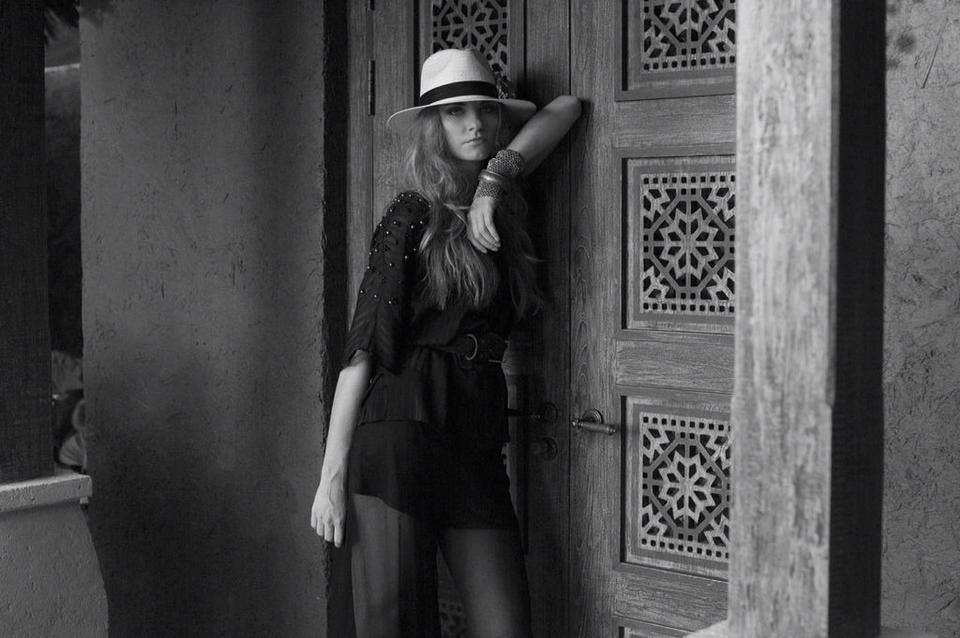Ma Pippo saltella come un pendolo – But Goofy hops like a pendulum
Il filosofo Paul Grice immagina che un abile neuroscienziato intervenga sul cervello di Pippo, installandovi “astrattamente” la percezione visiva d’un orologio a pendolo. Quest’ultimo comunque sarebbe stato realmente presente, in sede d’esperimento. Di certo, noi non penseremo più che Pippo possa vedere l’orologio a pendolo. E’ una contraddizione fenomenologica. Noi vediamo sempre perché “stiamo” a vedere. L’occhio deve immediatamente posizionarsi su qualcosa. Ne deriva che un oggetto veduto comparteciperà alla nostra visione. Nel “magico” esperimento di Paul Grice, l’orologio a pendolo non si posizionerebbe più autonomamente sull’occhio di Pippo, ma per puro caso (col “provvidenziale” aiuto del neuroscienziato). La visione mancherà di compartecipare in se stessa. Paul Grice ci ricorda che Pippo avrebbe percepito un’allucinazione veridica. Immaginiamo che l’orologio a pendolo materialmente presente possa cambiare il suo aspetto (anche per poco). Di contro, la percezione visiva in Pippo perdurerebbe (in quanto installata tramite l’indeterminatezza dell’astrazione). Tutta la ricchezza delle sfumature, negli eventi materiali, va sempre compartecipando in se stessa. Dasha è inquadrata innanzi ad un portone di legno, toccandolo dal fianco sinistro. Visivamente, conta il dettaglio del cappello. Complice una fascia nera, sopra la visiera, quello si percepirà in via pendolare. Il cappello ha la stessa grandezza dell’ottagono (che orna il portone). Ambedue si percepirebbero “sull’oracolo”… del posizionamento corporeo. L’ottagono sul portone scopre la propria cristallizzazione. Qualcosa che possa ipnotizzarci… Per “arrestare” la rotazione del cappello (attraverso la fascia nera), Dasha cercherebbe di sostenere almeno il mezzobusto, “inchiodato” il braccio sinistro sul portone. Virtualmente, pare che lei si percepisca dentro “un’allucinazione veridica”. Il posizionamento del cappello sull’ottagono è solo illusorio, sotto la casualità d’una somiglianza fra gli ornamenti roteanti: la fascia nera e la cristallizzazione. Ciononostante, nei due casi il nostro sguardo si farà “allucinato”, perché ipnotizzato. Perfino le braccia hanno il parallelismo “pencolante” dell’astigmatismo.
Philosopher Paul Grice imagines that a very good neuroscientist could operate the brain of Goofy, installing on it the abstraction of a visual perception about a pendulum clock. This last one however would have been really present, on the occasion of experiment. Certainly, we will not more think that Goofy could see the pendulum clock. That’s a phenomenological contradiction. We see always because we “stay” to see. The eye has immediately to place itself on something. Consequently, a seen object will have a share in our vision. In the “magic” experiment of Paul Grice, the pendulum clock would not more be placed on the Goofy’s eye autonomously, but for a sheer chance (through the “providential” help of a neuroscientist). The vision will be lacking in having a share in itself. Paul Grice remembers to us that Goofy would have perceived a truthful hallucination. We imagine that the pendulum clock materially present could change its appearance (even if only little). Unlike, the visual perception in Goofy would continue (because that was installed through the open-endedness of abstraction). All the abundance of shadings, in the material events, always is going to have a share in itself. Dasha is framed in front of a wooden door, touching it by her left side. Visually, the detail of hat is very important. Complicit a black band, over the visor, that will be perceived in a pendular way. The hat has the same size of an octagon (which adorns the door). Both of them would be perceived “on the oracle”… of the body positioning. The octagon on a door exposes the own crystallization. Something that could hypnotise us… To “stop” the hat’s rotation (through the black band), Dasha would try to support at least the head and shoulders, “nailing” the left arm on a door. Virtually, it seems that she is perceived inside “a truthful hallucination”. The hat is placed on the octagon only from an illusion, under the contingency of a similarity between the whirling ornaments: the black band and the crystallization. Nevertheless, in the two situations our look will become “wild-eyed”, for its hypnosis. Even the arms have the “pendular” parallelism of an astigmatism.
Bibliografia consultata – Annotated bibliography:
C. CALABI, Filosofia della percezione, Laterza, Bari 2009, pp. 57-58
Nota biografica sugli artisti recensiti – Biographical sketch about the two artists:
La modella russa Darya Ivanova s’è laureata presso l’Università di Novosibirsk. Attualmente lei vive sull’Isola di Phuket, in Thailandia, lavorando come manager, nel ramo del turismo.
The Russian model Darya Ivanova took the degree at University of Novosibirsk. Actually she lives in Phuket Island, in Thailand, working as manager, in the field of tourism.
La fotografa russa Asya Vyalykh nasce nel 1986. Ora lei vive sull’Isola di Phuket, in Thailandia. Asya scatta in via professionale da dieci anni. Lei ama soprattutto il genere del fashion, anche per le riviste. Asya usa la postproduzione, tramite il programma Adobe Photoshop Lightroom.
The Russian photographer Asya Vyalykh was born in 1986. Now she lives in Phuket Island, in Thailand. Asya shoots in a professional way since ten years. She loves principally the genre of fashion, also for the magazines. Asya uses a postproduction, through the program Adobe Photoshop Lightroom.


+ Non ci sono commenti
Aggiungi